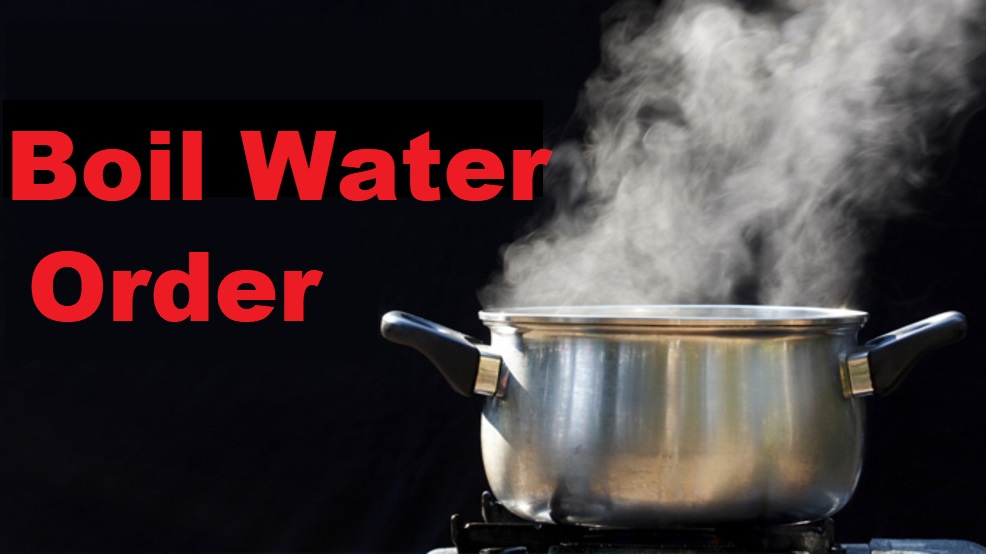Vicksburg, Ms…The U.S. Army Corps of Engineers, Vicksburg District wants
everyone to be safe over the July 4th holiday while visiting Corps lakes and
recreational areas. National data indicates that public fatalities most
often occur in accidents involving small classes of vessels (under 26 feet) and swimmers in non-designated swim areas.
Facts to remember:
Alcohol and water don’t mix. More than half of all drowning deaths are
related to alcohol consumption.
Watch your children. It only takes a child an average of 20 seconds to
drown.
Be a water watcher and designate someone to always watch children or any
person with special needs while on or around the water.
Know your limits. Don’t give in to peer pressure about jumping off a bluff
or swimming farther than you should. Recognize your limitations and stay within them.
Safe boating. Take a boating safety course at www.okboated.com, or
www.Boat-Ed.com. Know the law and rules of the road before you boat. The
U.S. Coast Guard reports that the majority of boating-related fatalities involve operators who have not received any boating safety instruction.
Recreational Boating Safety Facts
All figures are from the U.S. Coast Guard’s Boating Statistics: 2008, the
latest official record of reported recreational boating accidents. The full
report is available online at
www.uscgboating.org/assets/1/Publications/Boating_Statistics_2008.pdf.
* Drowning was reported as the cause of death in two-thirds of all
fatalities.
* Approximately 90 percent of those who drowned were not wearing life
jackets.
* In 2008, the Coast Guard counted 4789 accidents that involved 709
deaths, 3331 injuries and approximately $54 million dollars of damage to
property as a result of recreational boating accidents.
* Only ten percent of deaths occurred on boats where the operator had
received boating safety instruction.
* Careless/reckless operation, operator inattention, no proper
lookout, operator inexperience and passenger/skier behavior rank as the top five primary contributing factors in accidents.
* Alcohol use is the leading contributing factor in fatal boating
accidents; it was listed as the leading factor in 17% of the deaths.
* Eleven children under age thirteen lost their lives while boating in
2008. 63% of the children who died in 2008 died from drowning.
* The most common types of vessels involved in reported accidents were
open motorboats (43%), personal watercraft (23%), and cabin motorboats
(15%).
National Recreational Boating Statistics
* Fatalities: 709
* Drownings: 510
* Injuries (requiring medical treatment beyond first aid): 3,331
* Boating Accidents: 4,789
* Property Damage: $54,282,587
* Number of registered recreational boats in the U.S.: 12,692,892
Today’s Life Jacket: Style, Variety and Comfort
Most boaters know they’re required to have a U.S. Coast Guard-approved life
jacket on board for every passenger on their vessel. Boating safety
advocates recommend that all boaters and passengers not only have a life jacket, but “Wear It!” at all times while boating.
Accidents on the water can happen much too fast to reach and put on a stowed life jacket. Of those who died in boating accidents in 2008, over two-thirds drowned – and 90 percent of those who drowned were not wearing a life jacket.
The good news is that modern life jackets are much more comfortable,
lightweight, and stylish than the bulky orange style most boaters know. Life
jackets that use inflatable technologies are cool and comfortable. They may
resemble a pair of suspenders or a belt pack. Many inflate automatically
when immersed in water.
Other life jacket styles are available for almost any boating activity:
For fishing: Vest-style life jackets come with features such as pockets and
clips to replace the fishing vest and keep the angler safe.
For personal watercraft and water sports: Inherently buoyant lighter-weight
life jackets are rugged, with multiple buckles and clasps to keep them
secure after impact with the water.
For hunting and cold weather: Full coats and suits are available in
camouflage colors for waterfowl hunting and for those who boat when air and water temperatures are cool.
For paddling: Special life jackets are designed with large openings for arms
to allow ease of movement.
For children: Virtually all styles are available sized especially for
children – some with cartoon characters, straps for pulling children from
the water, and high-visibility schemes.
For pets: Life jackets are even available for our four-legged friends.
No matter what the activity or style chosen, the most important thing is
this: remember to grab a life jacket and “Wear It!”
How to Choose the Right Life Jacket
Looking for a life jacket? Today’s jackets come in a variety of shapes,
sizes, colors, and materials. No matter which life jacket you choose, be
sure it’s right for YOU, your planned activities, and the water conditions you
expect to encounter.
Try It On
* Check the manufacturer’s ratings for your size and weight.
* Make sure the jacket is properly zipped or buckled.
* Raise your arms straight up over your head while wearing your life
jacket and ask a friend to grasp the tops of the arm openings, gently
pulling up.
* If there is excess room above the openings and the jacket rides up
over your chin or face, it does NOT fit properly. A snug fit in these areas
signals a properly fitting life jacket.
Fit Facts
* It is extremely important that you choose a properly fitting life
jacket.
* Jackets that are too big will cause the flotation device to push up
around your face, which could be dangerous.
* Jackets that are too small will not be able to keep your body
afloat.
Important Reminders
* Make sure your life jacket is U.S. Coast Guard-approved.
* Double check that your jacket is appropriate for your favorite
boating activities.
* Take the time to ensure a proper fit.
* Life jackets meant for adults do not work for children. If you are
boating with children, make sure they are wearing properly fitted,
child-sized life jackets.
* On recreational vessels underway, children under 13 years old must
wear a Coast Guard approved life jacket unless they are below decks or in an
enclosed cabin. Some state laws vary – check with your local Marine Law
Enforcement Authorities.






